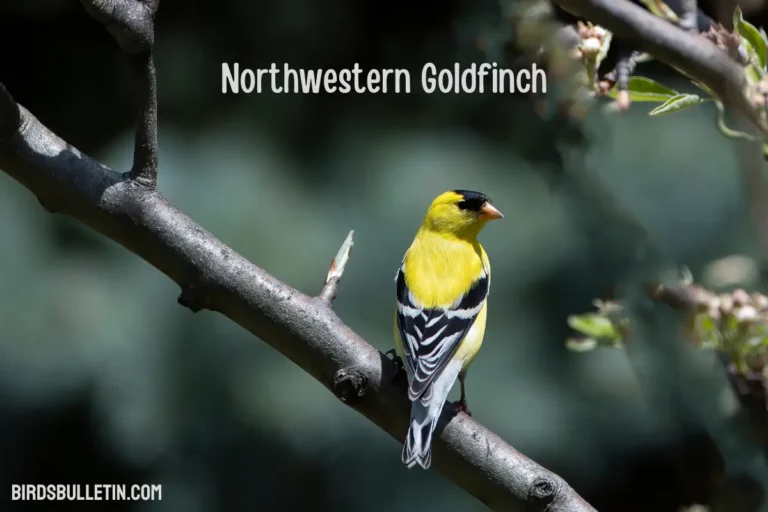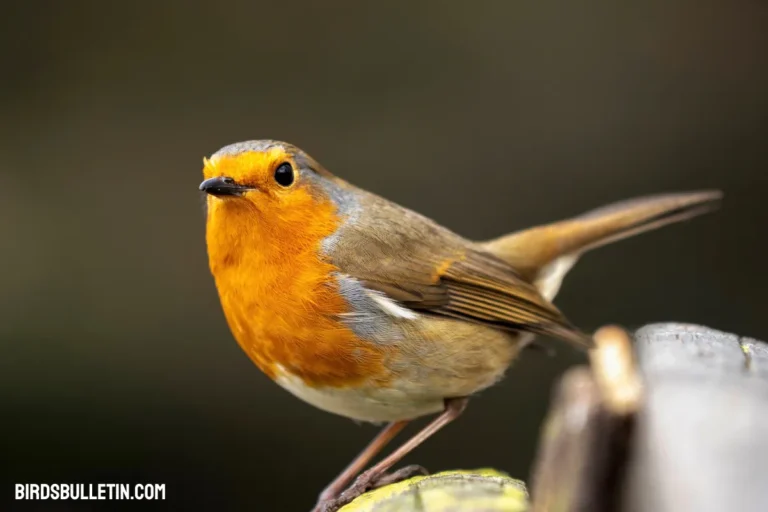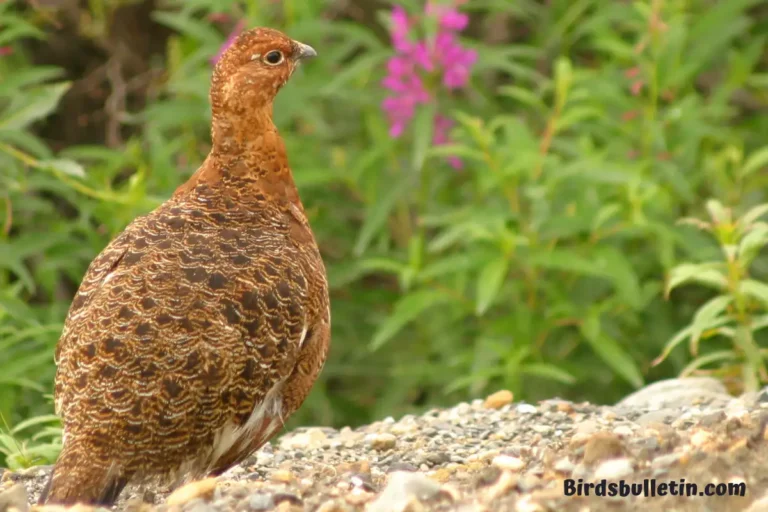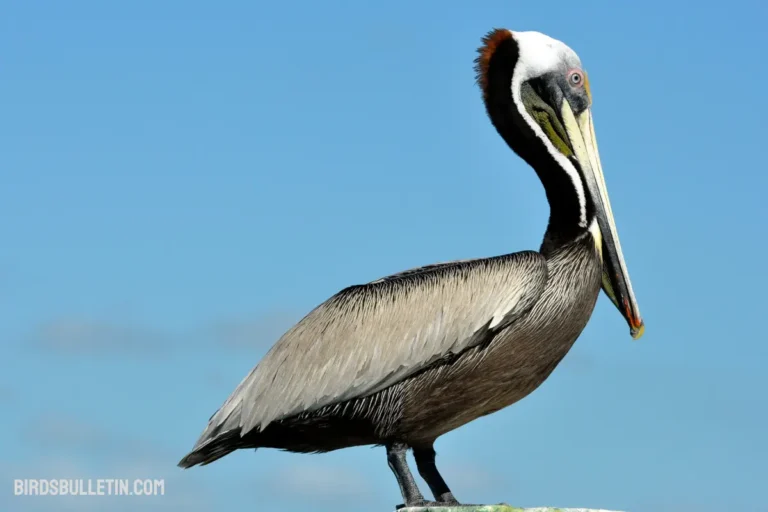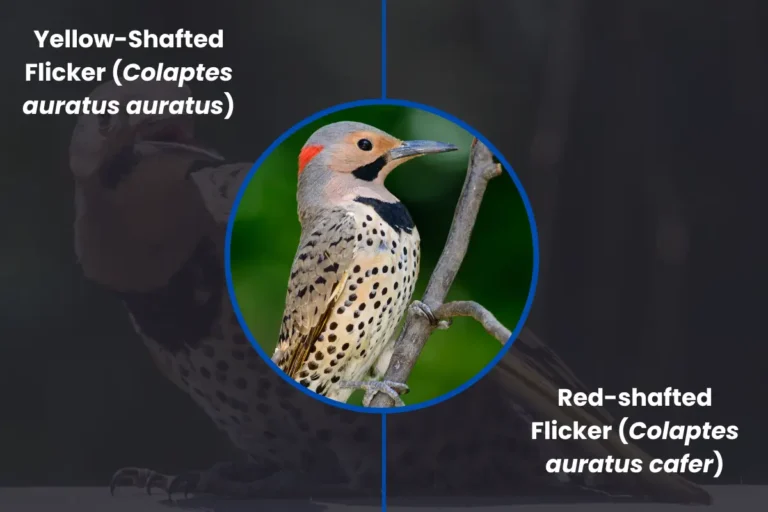Poecile Cinctus Sayanus (Sushkin, 1904)
The grey-headed chickadee subspecies, Poecile cinctus sayanus, as designated by Sushkin in 1904, is an intriguing avian variant inhabiting the expansive landscapes of south Siberia and northwest Mongolia.
This overview explores the scientific classification, distinct identification features, geographical distribution, captivating behaviors, current conservation status, and efforts to preserve its natural habitat.
Scientific Classification
- Kingdom: Animalia
- Phylum: Chordata
- Class: Aves
- Order: Passeriformes
- Family: Paridae
- Genus: Poecile
- Species: Poecile cinctus sayanus
- Authority: Sushkin, 1904
Identification
Distinguishing the P. c. sayanus grey-headed chickadee from other variants involves recognizing specific colorations and features. This subspecies is characterized by its grey crown, black bib, and white cheeks.
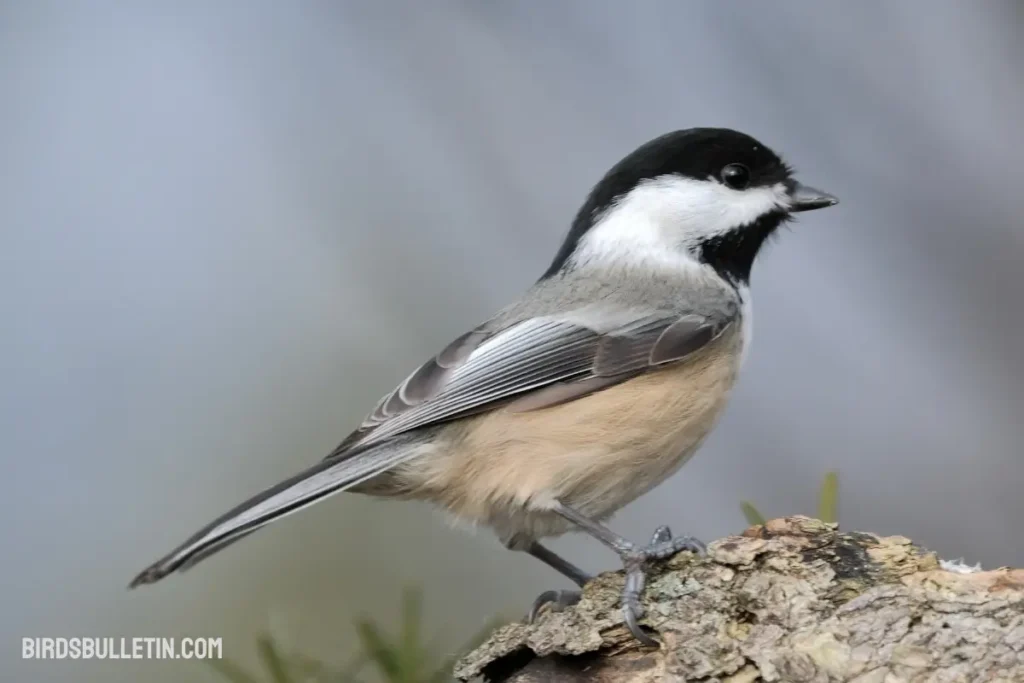
Observing these unique markings aids in differentiation, particularly the absence of a white stripe on the nape.
Location
This subspecies is found in south Siberia from the Yenisei River east to Lake Baikal. Its range extends south to northwest Mongolia. It inhabits conifer forests, especially pine and larch forests, within this region.
Interesting Facts
- P. c. sayanus excavates nesting cavities in dead trees or rotting stumps. The nest is made of moss, grass, fur, and feathers.
- Its diet includes insects and seeds. It forages actively in trees searching for small invertebrates.
- This subspecies is non-migratory and maintains its breeding territory year-round.
- It has a varied vocal repertoire, including contact calls and whistled song phrases.
Conservation Status
P. c. sayanus has a relatively widespread distribution and large population. Its habitat is not considered threatened currently. The IUCN Red List classifies this subspecies as Least Concern.
Natural Habitat Conservation
Protecting the natural habitat vital to the grey-headed chickadee subspecies requires a multi-faceted strategy. Conservation programs aim to safeguard the varied ecosystems it inhabits, reverse habitat deterioration, and encourage sustainable forestry techniques.
Initiatives to curb climate change are also important in securing the long-term health of its home ranges in south Siberia and northwest Mongolia.
Frequently Asked Questions
01. What is the geographic range of P. c. sayanus?
This subspecies lives in south Siberia from the Yenisei River to Lake Baikal and south into northwest Mongolia. Its habitat is boreal coniferous forests.
02. How does P. c. sayanus build its nest?
P. c. sayanus excavates nest cavities in dead trees or rotting stumps. The nest cup is lined with moss, grass, fur, and feathers.
03. Why is this subspecies classified as Least Concern?
P. c. sayanus has a relatively large range and population across Siberia and Mongolia. Its boreal forest habitat does not face major threats currently. Therefore, its conservation status is stable.
Summary
P. c. sayanus is a subspecies of chickadee found in south Siberia and northwest Mongolia. It lives in coniferous forests year-round. The population appears stable and does not require special conservation efforts presently.


